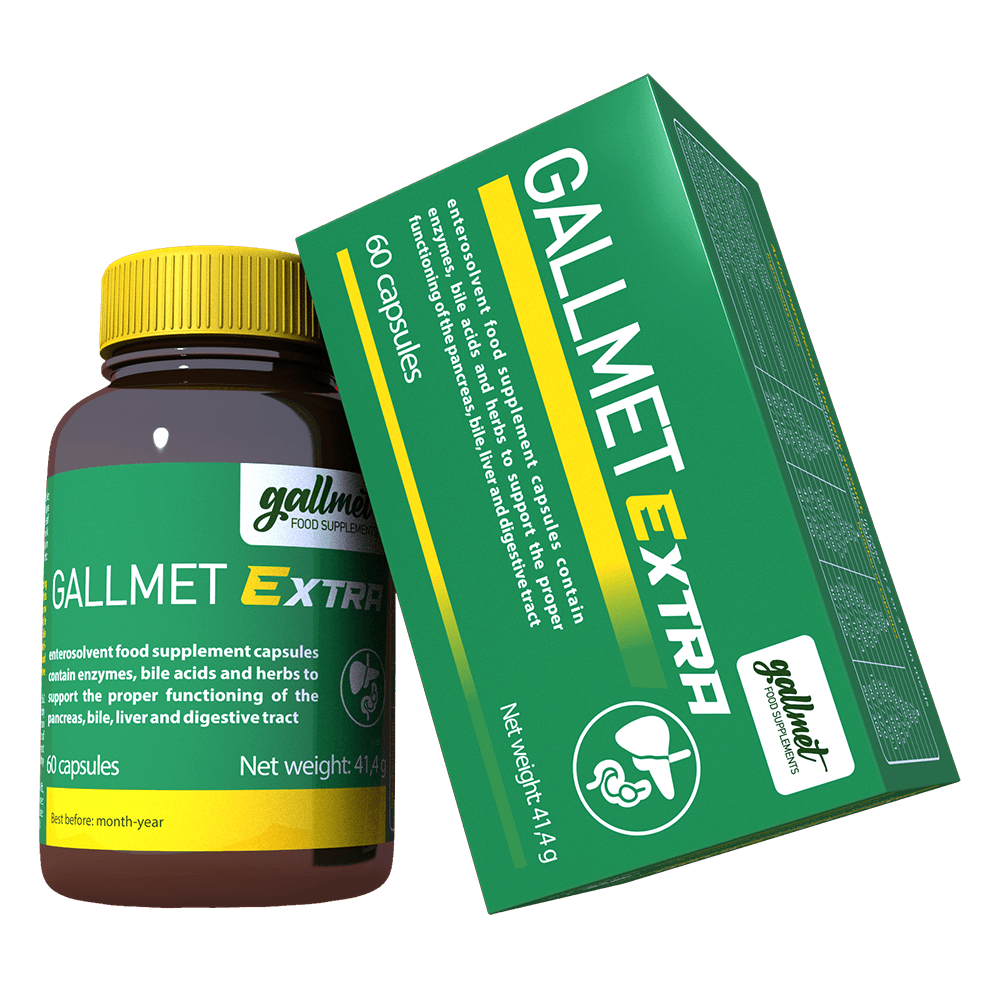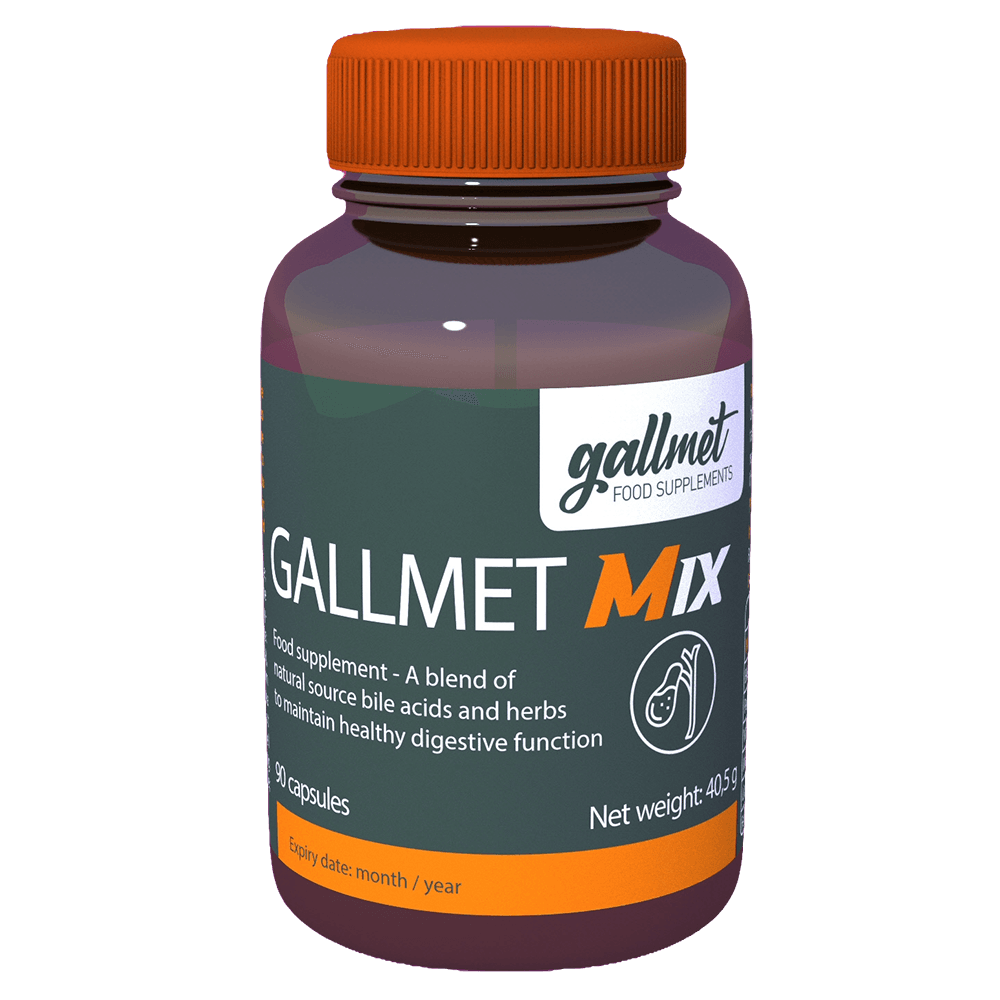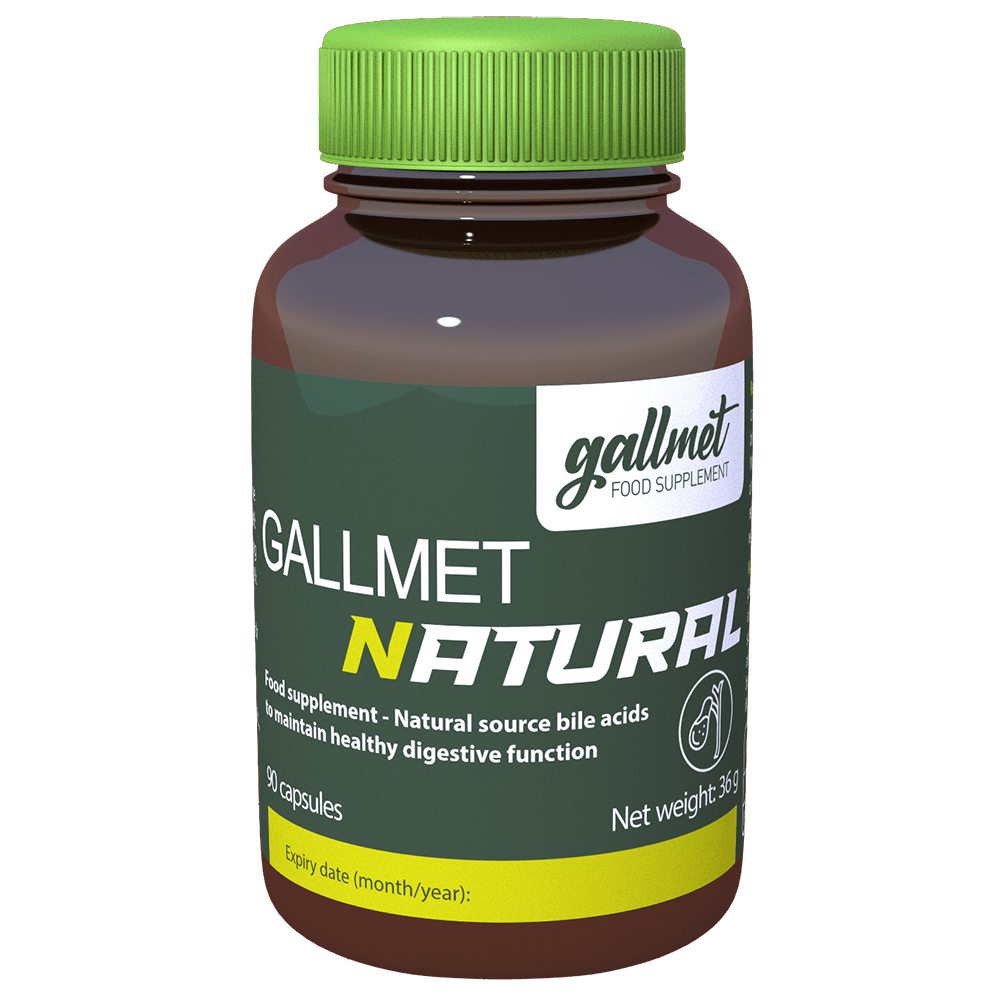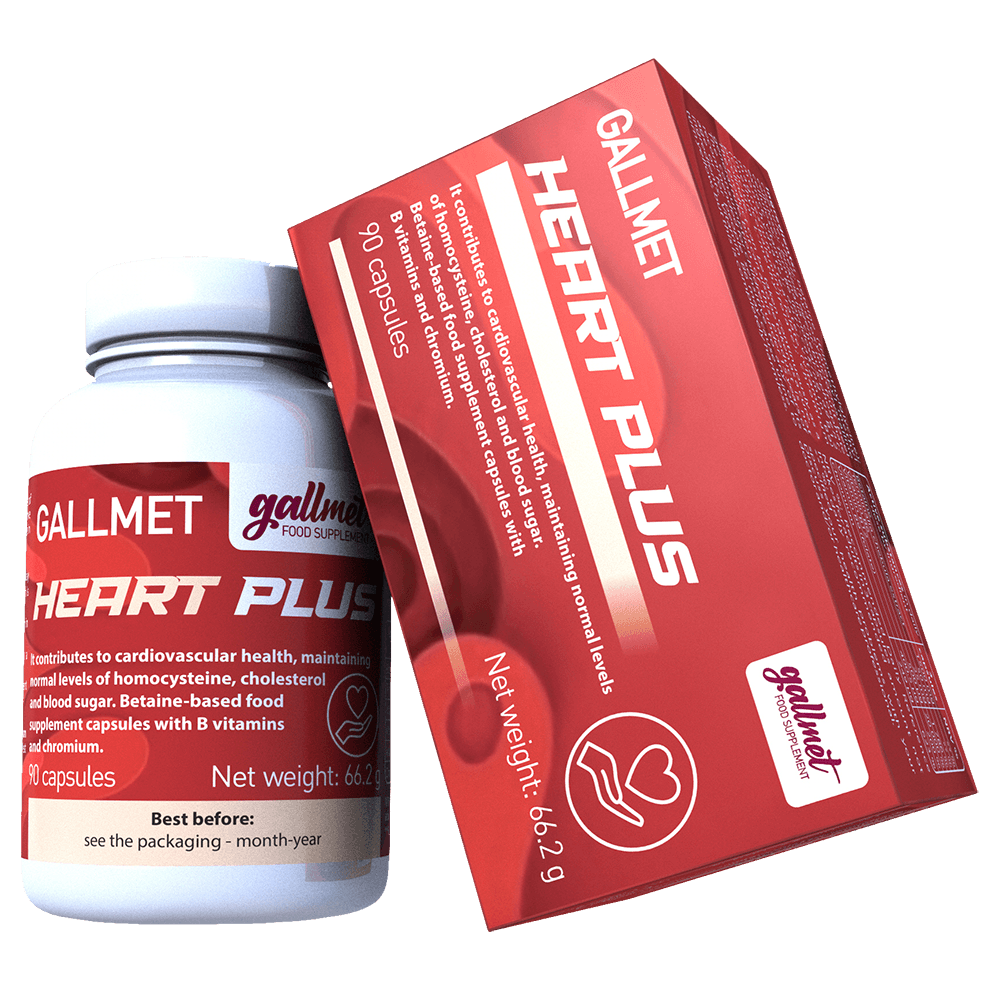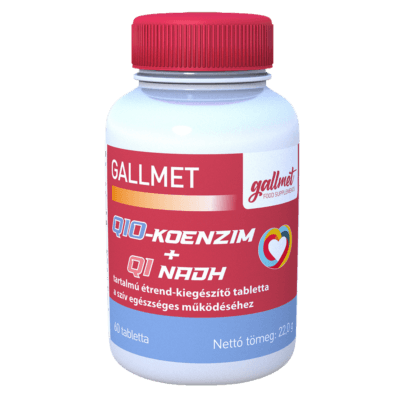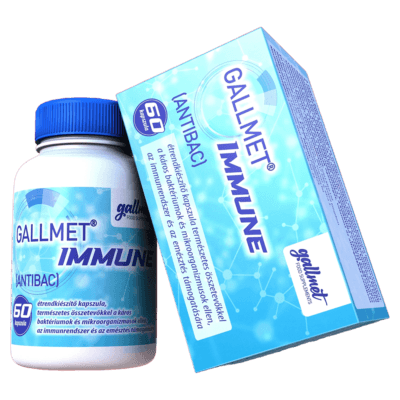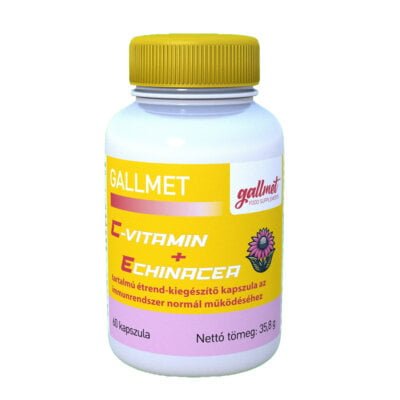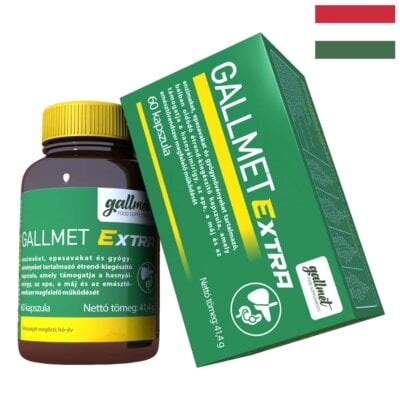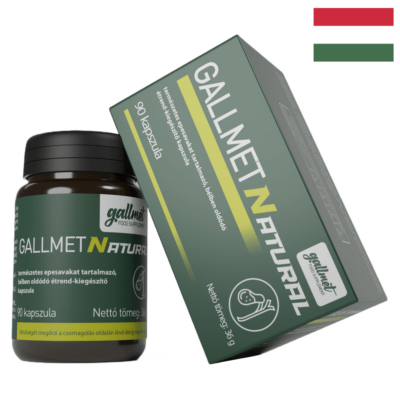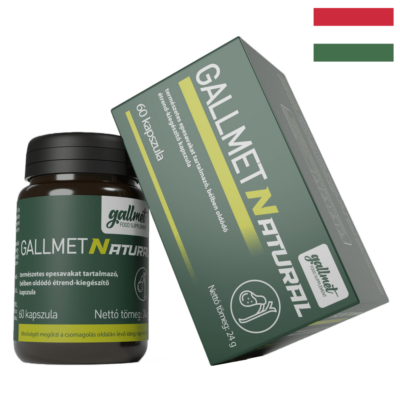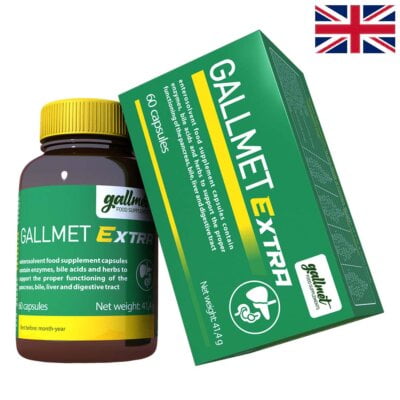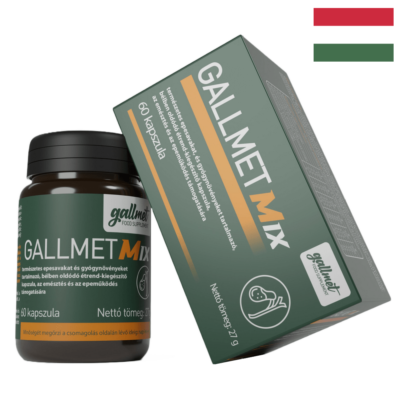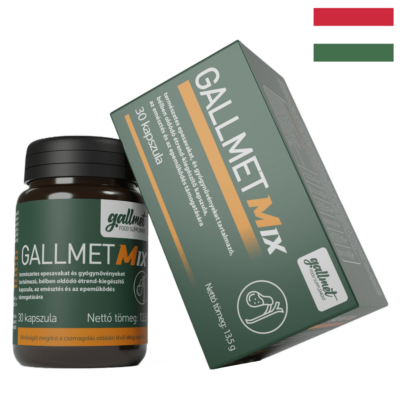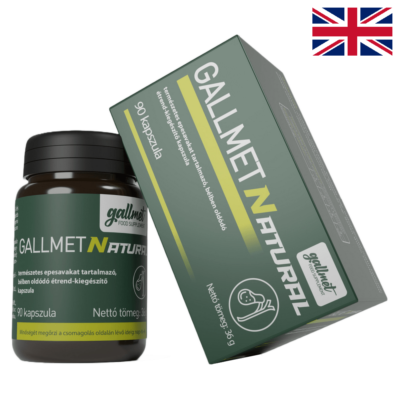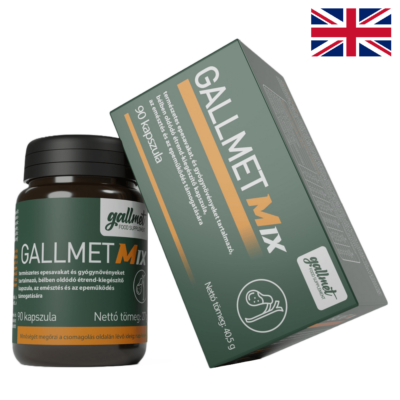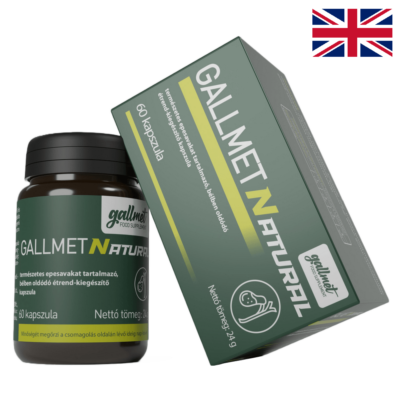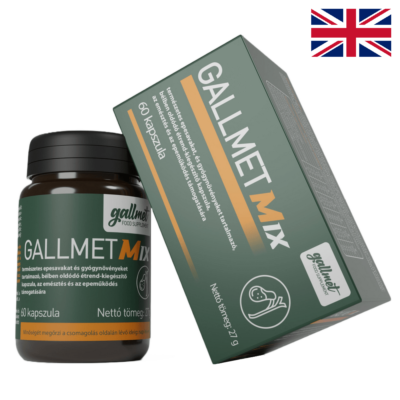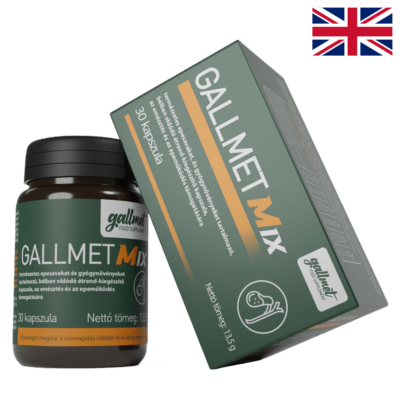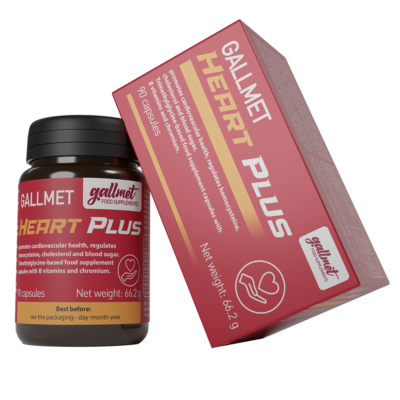Metabolism - Digestion - Energy - Calories
Literature title: METABOLISM - DIGESTION - ENERGY - CALORIES
Place of appearance: http://taplalkozas.bioenergetikus.hu/anyagcsere.php
Download in PDF
Digestion and epenedv
It is a clear, colourless, odourless, salty, alkaline (alkaline) secretion of the pancreas, pH 8-9, and daily volume varies between 1 and 1.5 litres. It is produced by the acidic stomach contents in the duodenum under the action of secretin, which stimulates pancreatic secretion. The main inorganic substances in pancreatic juice are NaCl and NaHCO3, the most important of its organic substances are enzymes. These are the protein-degrading trypsin (trypsin or trypsinogen, carboxypeptidase and elastase), the fat-degrading pancreatic lipase (lipase), and the polysaccharide carbohydrate-degrading pancreatic amylase (pancreatic amylase). In addition to trypsin, another protein-degrading enzyme is chymotrypsin (chymotrypsin or chymotrypsinogen), which completes the digestion of casein (milk protein) initiated in the stomach. The amount of enzymes varies according to the composition of the pancreatic juice and the quality of the food. The most important fat-digesting enzyme in the body is pancreatic lipase, which breaks down ester bonds of fats into glycerol and fatty acids. This is facilitated by bile. Bile emulsifies fats as a result of a physico-chemical reaction, and bile acids activate lipase, which helps to break down fats by the process of saponification of fats (see also: protein/fat/carbohydrate digestion and molecular metabolism).
Digestion and Bile
Bile is a secretion of the liver, a bitter-tasting, viscous, greenish-yellow or yellowish-brown liquid with an alkaline pH (liver bile is around pH 7.8, gallbladder bile between pH 7.0 and 7.5). It is constantly produced by liver cells but only enters the duodenum during digestion. It accumulates in the gall bladder during the digestive pause, where it becomes highly concentrated. Bile does not contain enzymes, but it does contain many substances not found in other digestive juices. The intact liver produces 600-1500ml of bile per day, of which 97% is water, 1% is bile acids, 0.1% is cholesterol and lecithin, and bile pigments (dyes - derived from the breakdown of red blood cells), organic salts/organic salts, and 0.7% is calcium salts.
Bile acids are cholesterol molecules produced by liver cells from cholesterol. The primary bile acid molecules take up lecithin and cholesterol molecules and act in the intestine to increase the solubility and absorption of lipids (fats).
GALLMET products are available in ALL Hungarian pharmacies and herbal shops or can be ordered!
Click on the [print-me] icon to print the page

